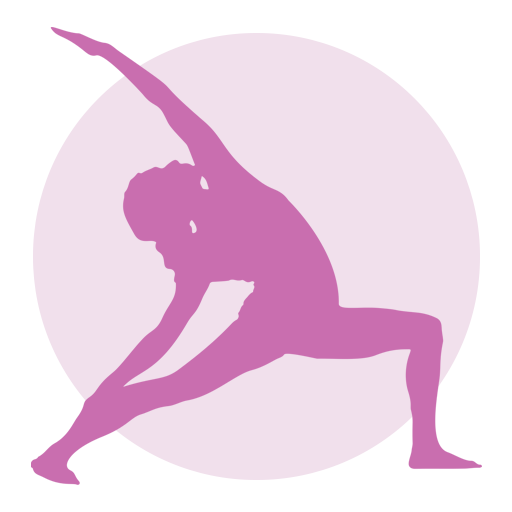Calming Mind Therapy
Healing Starts with Inner Harmony
Navigating PTSD, Trauma, Depression, and Anxiety with Calming Mind Therapy.

Stress Management
Feeling like you’re juggling too many balls and fearing they might drop at any moment? Welcome to the world of stress – a place where deadlines loom, bills pile up, and life’s chaos can feel overwhelming. But fear not, dear reader, as we embark on a journey through the labyrinth of stress management, armed with powerful strategies to reclaim your peace of mind.

Relaxation Techniques
Experimentation is key to finding your optimal blend of relaxation techniques. Listen to your body and mind, noting how different practices complement each other.
By tailoring a routine that suits your lifestyle and preferences, you can harness the synergistic effects of multiple techniques.

Relax
PTSD Treatment
At Calming Mind Therapy, our approach to PTSD treatment is anchored in the expertise of a Certified Clinical Trauma Specialist. Through a fusion of Cognitive Behavioral Therapy (CBT) and Eye Movement Desensitization and Reprocessing (EMDR), we guide individuals on a journey of healing from trauma. Our therapeutic framework equips you with essential skills to soothe both the body and mind, fostering lasting recovery and tranquility.

Recover
Anxiety Counseling
Are the pressures of life leaving you stressed and drained? Does the daily hustle leave you feeling disconnected and tired? If finding relaxation seems impossible and intrusive thoughts disrupt your sleep, you’re not alone.
Welcome to Calming Mind Therapy, where we specialize in helping you regain serenity and peace of mind.
Our Team

Sarah Mitchell, Calming Mind Counselor
Hello, I’m Sarah Mitchell, your dedicated Calming Mind Counselor. With a deep passion for helping individuals find inner peace & tranquility, I specialize in guiding clients through the journey of self-discovery and emotional well-being.

Dr. Olivia Harper, Mindfulness-Based Therapist
Greetings, I’m Dr. Olivia Harper, a compassionate and dedicated therapist specializing in mindfulness-based counseling.
My mission is to help you find the peace and clarity you deserve in your life’s journey.

Lisa Anderson, Holistic Mind-Body Therapist
Hello, I’m Lisa Anderson, a holistic mind-body therapist dedicated to helping you achieve a harmonious and balanced state of mind.
My approach integrates traditional counseling with holistic practices to create a holistic healing experience for emotional well-being.
Latest News
- How Many Ketamine Treatments for Depression?
- Can Therapy Help You Heal After Sexual Assault?
- Best Counseling & Advice Services in Bellevue, WA
- Counseling & Advice Services in Houston, TX
- Kagey Family Counseling: Empowering Recovery from Addiction
- Counseling & Advice Services in Raleigh, NC
- Courtenay Monfore, Licensed Professional Counselor in Charlotte, NC & SC
- Top Counselors and Therapists in Atlanta
- Joie de Vivre Counseling and Therapy, LLC
- Lauren DeRossette Counseling
About Us
At CalmMind Counseling, we’re dedicated to helping you find serenity and emotional balance in your life’s journey. Our team of experienced therapists specializes in various calming mind techniques, including mindfulness, holistic approaches, and creative therapies.
Our Approach: We believe in personalized, compassionate care, tailored to your unique needs. Whether you’re seeking relief from stress, anxiety, or simply a deeper connection with your inner self, we’re here to guide you.
Our Mission: Our mission is to empower you to lead a more peaceful, centered life. Through expert guidance and a safe, nurturing environment, we’ll help you explore the path to tranquility and emotional well-being.

